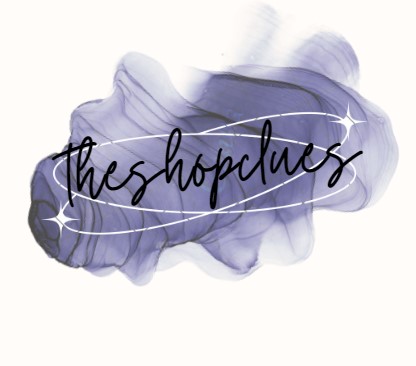 Mushroom cultivation is beneficial for both beginners and seasoned growers. Beginners can avail advantages of an easy and rewarding way to grow food or medicinal fungi. However, seasoned growers enjoy experimenting with different strains and optimizing yields. It’s a sustainable and cost-effective hobby for those interested in mushroom cultivation. Understanding the difference between these cultivation methods helps cultivators in choosing the best option that must be suited with their specific needs.
Mushroom cultivation is beneficial for both beginners and seasoned growers. Beginners can avail advantages of an easy and rewarding way to grow food or medicinal fungi. However, seasoned growers enjoy experimenting with different strains and optimizing yields. It’s a sustainable and cost-effective hobby for those interested in mushroom cultivation. Understanding the difference between these cultivation methods helps cultivators in choosing the best option that must be suited with their specific needs.
Mushroom Spores: The Basics
Mushroom spores are the reproductive units of a fungus, similar to seeds in plants. These microscopic cells contain all the genetic information needed for a mushroom to develop. Spores are typically sold in syringes, prints, or vials that can be used to germinate under suitable conditions to grow mycelium, which is the vegetative part of the fungus.
When using spores, the initial step is spore germination, which can take some time. It involves introducing the spores to a sterile substrate where they grow into mycelium. This process requires patience, as it can take several weeks before the first signs of growth appear.
Hobbyists and researchers often prefer spores because they allow for genetic diversity in mushrooms. However, they come with the challenge of being less predictable than liquid culture. Not every spore will germinate, and contamination is more likely since spores are in a dormant state and need to be activated under sterile conditions.
Blue Meanie Spores are an example of popular mushroom spores used by cultivators, specifically known for producing potent strains of psilocybin mushrooms. It is indeed fact that a wide range of mushroom options are available online especially for those looking to experiment with different varieties.
Liquid Culture: What You Need to Know
Liquid culture, on the other hand, is a suspension of live mycelium in a nutrient-rich solution. This method bypasses the spore germination stage and directly introduces live mycelium to the growing substrate. As a result, growth is faster and more predictable when compared to spores.
One of the key benefits of using liquid culture as it reduces the risk of contamination. The mycelium, already established and thriving in a nutrient solution, outcompetes other microorganisms, thereby increasing the grower’s success rate. Additionally, Sporeworks liquid culture allows for faster colonization of the substrate, often leading to quicker fruiting times for the mushrooms.
For commercial growers or those looking to produce a consistent batch of mushrooms, liquid culture is often the preferred method. Its reliability, speed, and lower risk of contamination make it an efficient option for mushroom cultivation.
Key Differences Between Spores and Liquid Culture
- Germination Time: Spores require time to germinate and grow into mycelium, whereas liquid culture contains live mycelium that can start colonizing the substrate immediately.
2. Contamination Risk: Liquid culture, which already contains live mycelium, tends to resist contamination more effectively than spores, which are in a dormant state and require activation.
- Consistency: Liquid culture offers more predictable results, as it contains a specific strain of mycelium, ensuring consistent growth. In contrast, spores can produce genetically diverse mycelium, leading to variations in mushroom characteristics.
- Application: Due to the genetic diversity they offer, hobbyists and researchers frequently use spores for experimentation, whereas growers prefer liquid culture for faster results and consistent outcomes.
Which One Should You Use?
The choice between spores and liquid culture ultimately depends on the individual goals. If you’re interested in genetic diversity or experimenting with different strains, spores may be the way to go. However, if you’re looking for faster, more reliable results, liquid culture is the superior option.
In research and genetic exploration, spores offer a comprehensive understanding of the fungal life cycle, but liquid culture is better suited for those seeking consistent production with low risks.
Conclusion
Both mushroom spores and liquid culture have their own advantages, depending on the cultivation needs. Spores provide genetic diversity and a hands-on approach to mushroom growing, while liquid culture offers speed and consistency. Selecting the optimal option from spores and liquid culture is crucial. However, anyone interested in exploring the exciting world of mushroom cultivation must ensure that it aligns with their specific goals and experience level.
Magic Spore Labs provides a variety of high-quality mushroom cultivation products to help you succeed in your growing endeavors.

